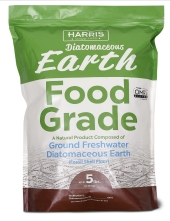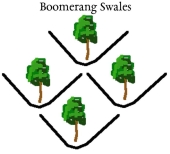


The Humble Soapnut - A Guide to the Laundry Detergent that Grows on Trees ebook by Kathryn Ossing
will be released to subscribers in:
soon!


Scott Holbrook wrote: 2. You can sit on window shelf and let dry out (or put in dehydrator). Crush up into powder and put in capsules and use for food, medicine. 3. Avocados are one of the very best fats your body needs. Your brain is almost entirely made up of fat, so it is a brain food.
All I use them for now.

L. Barry wrote:If there are any trade secrets that we haven't yet tried, please tell.

Anne Miller wrote: Here is an article about the health benefits from the oil from the seeds


Jane Mulberry wrote:So far all I have purchased is a few cheap junky tools from the local hardware, but I'd prefer to buy better tools that will last.

Dan Boone wrote: I grew up in a log cabin in the woods and in the early days it was pretty cramped: 6 people, no shop for Dad, octagonal cabin built with 12-foot logs. Mom took a DIM view of messy projects (say, small engine rebuilds) on her kitchen table.

Joel Bercardin wrote:This is something worth telling people about, if they use propane, acetylene, or other air-fuel or oxy-fuel torches...
This little device (costs under $20) just works very easily every time, and the manufacturer promises tens of thousands of ignitions. I’ve found it to be safe to use with my torches, too. Amazon sells it and I think many other places do too.
Matu Collins wrote:IDK.
I don't like reading posts where people use acronyms without defining them.

Joseph Lofthouse wrote:For the past two decades, I have been building a wide assortment of Slow-The-Flow structures in the desert. This thread is for documenting what I've learned.